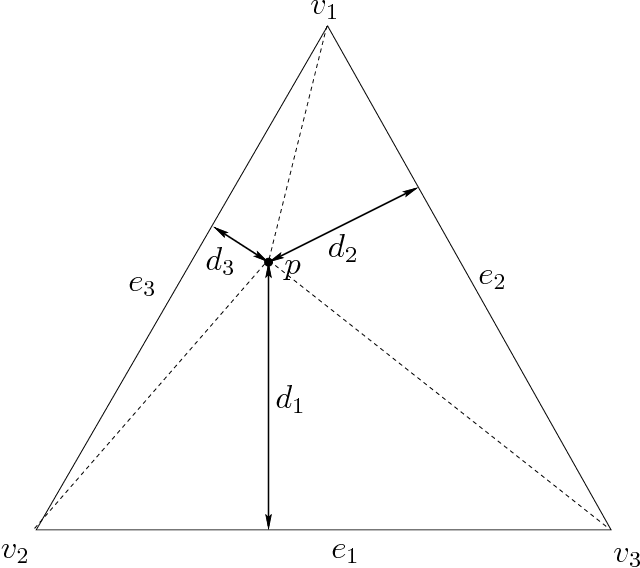

Also, a typographical error in calculating the ratio of a sphere’s volume to a cube’s has been corrected. algorithms for packing unequal circles into a rectangular container, Journal of the Operational. The authors have proposed SPC (Sequence-pair for circle packing), a method of representing relative location of circle pairs, which is an extended version of sequence-pair for rectangles. This column has been revised to reflect that the arrangement of spheres in Exercise 2 is a "simple cubic" packing, not a "body-centered cubic" packing. Two-dimensional rectangle packing problem is the problem. AbstractThe circle-packing problem is a problem of pack-ing circles into a two dimensional area such that none of them overlap with each other. It is interesting to note that this is not the densest possible packing of octagons in the plane.

Fortunately, there's a pretty well known solution.How does that compare to the area of the hexagon? A hexagon of side length s is really six equilateral triangles of side length s, each with area $latex \frac$ ≈ 0.8284 Checking if a circle is inside of a polygon is more complex and more expensive to compute. A large circle covers more area, making it more likely to be responsible for a collision.Ĭombined with some colors, this procedure is really all it took to produce Take Me to the Desert:įilling any arbitrary polygon with circles is a little trickier, because we not only need to check for collisions with other circles, but also with the border of the polygon. Another improvement to efficiency comes from checking against the largest circles first. Fortunately, it's very efficient to check for a collision of two circles: you just need to see if the distance between their center points is larger than the sum of their radii. To see if a randomly chosen location is a good fit for a new circle, we need to check for collisions with any other circles. Circle N-1 Focus: (x, y) Circle N Focus: (x, y) (Obviously, you must replace somenumber with the radius your program calculates, N with the number of circles you end up using, and x and y with the actual.
Highest possible radius:A lower number can be used to give up more quickly, or a higher number can be used to pack the circles with higher density. All of the circles fit inside of the rectangle. I picked 2000 failures to provide a balance between performance and the final density.

benchmark solutions for selected packing problems: circle, rectangle, cube. Once the count or failure limit is hit, it moves on to the next smaller size. A solver to find a solution of the 2D rectangle packing problem by simulated.

Circles in circle container 'Magic' numbers that form complete 'layers' in circle container. They are as close to optimal as the algorithms can provide. The solutions are optimized using the Ring2D software. The number of circles in the conguration is n w(h+s) h sd (3) Table 4.1 lists the best packings found of n circles in a rectangle with variable aspect ratio for n in the range 1 n 53, and Table 4.2 continues this list for 54 n 213. For each circle size, it attempts to insert new circles until it hits the requested count or there are 2000 failed attempts in a row. This repository contains my solutions to some Circle Packing problems. The algorithm begins with the largest circles and ends with the smallest circles. The count is "rough" because it's just an upper bound - the algorithm may give up before hitting that number. For example, I may ask for 10 circles with radius 50 and 300 circles with radius 10. To begin, I pick the size of the circles I want to insert, and roughly how many circles of each size to use. I'll describe the details of that and some of the artwork that I've created with this approach. I opted for a brute-force approach that tries to place a circle in thousands of random locations until a fit is found. This is actually a well-explored area of mathematics (just check out the Wikipedia article), but I wanted something simple that's easy to implement and has a nice aesthetic effect. The goal of circle packing is basically to cram a bunch of circles into a space as tightly as possible. A few months ago, I got really into circle packing.


 0 kommentar(er)
0 kommentar(er)
